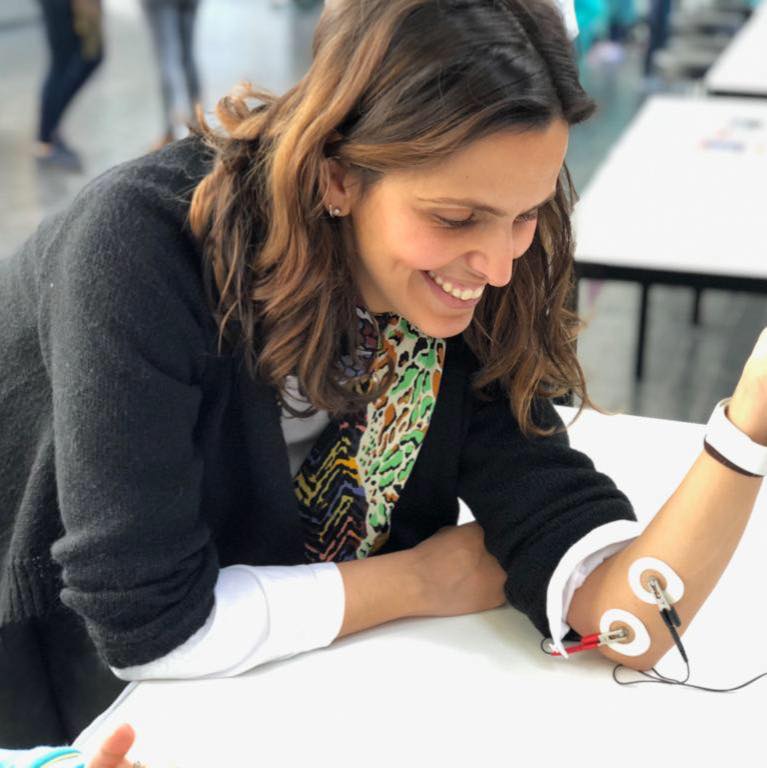Appearances and Awards
Major scientific contributions:
- Soares-Cunha (2016) Nat Commun – this was the first study to show that NAc D2-MSNs played an important role in positive reinforcement, challenging the classical model of opposing striatal function;
- Soares-Cunha (2019) Mol Psychiatry – a seminal contribution demonstrating that NAc D1- and D2-MSNs can bi-directionally drive reward and aversion, depending on their pattern of neuronal activity;
- Coimbra (2019) Nat Commun - Nature Communications Editors’ Highlight. This work identified a new source of cholinergic modulation in the NAc arising from the laterodorsal tegmentum (LDT), and showed for the first time that LDT-NAc projections modulated reward-related behaviors.
Follow on the social media:
Projects:
- Long term impact of prenatal glucocorticoid exposure (Human study), Leader;
- Nucleus accumbens circuits of reward and aversion, Leader;
- Impact of peripheral neuropathies on CNS function and structure.
How does the brain distinguish positive from negative stimuli?
Key Publications:
- Coimbra B, et al. (2019): Role of laterodorsal tegmentum projections to nucleus accumbens in reward-related behaviors;
- Soares-Cunha C, etal. (2019): Nucleus accumbens medium spiny neurons subtypes signal both reward and aversion;
- Soares-CunhaC, et al. (2018): Nucleus Accumbens Microcircuit Underlying D2-MSN-Driven Increase in Motivation;
- Coimbra B, et al. (2017): Impairments in laterodorsal tegmentum to VTA projections underlie glucocorticoid-triggered reward deficits;
- Soares-Cunha C, et al. (2016): Activation of D2 dopamine receptor-expressing neurons in the nucleus accumbens increases motivation.
About the region in the human brain, which is responsible for distinguishing between pleasure and aversion:



photo: ©Ana João Rodrigues
Key Publications:
- Coimbra B, et al. (2019): Role of laterodorsal tegmentum projections to nucleus accumbens in reward-related behaviors;
- Soares-Cunha C, etal. (2019): Nucleus accumbens medium spiny neurons subtypes signal both reward and aversion;
- Soares-CunhaC, et al. (2018): Nucleus Accumbens Microcircuit Underlying D2-MSN-Driven Increase in Motivation;
- Coimbra B, et al. (2017): Impairments in laterodorsal tegmentum to VTA projections underlie glucocorticoid-triggered reward deficits;
- Soares-Cunha C, et al. (2016): Activation of D2 dopamine receptor-expressing neurons in the nucleus accumbens increases motivation.
About the region in the human brain, which is responsible for distinguishing between pleasure and aversion:

